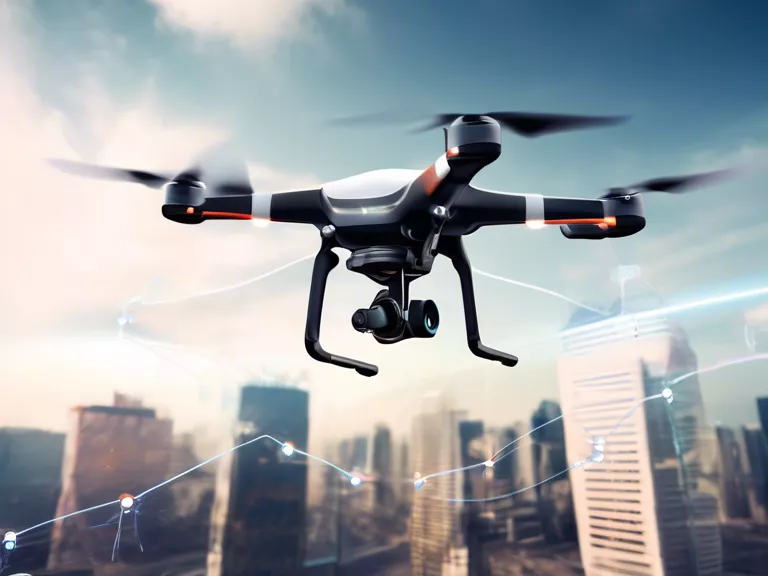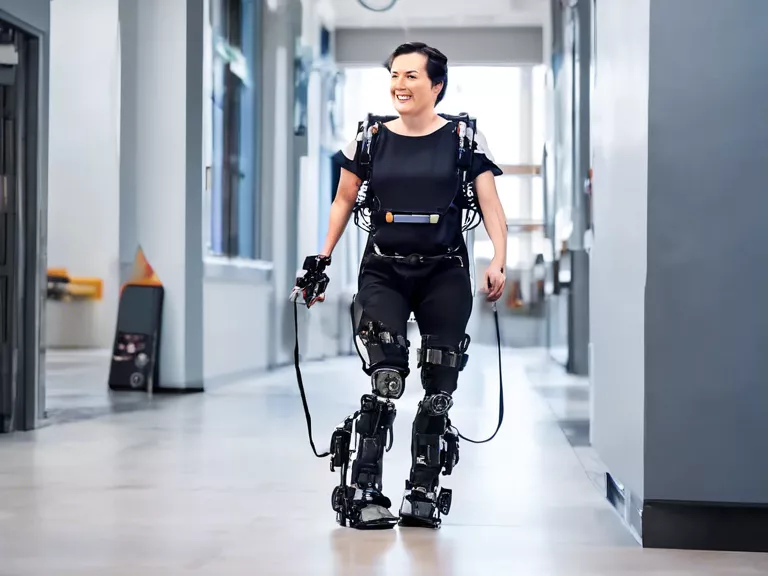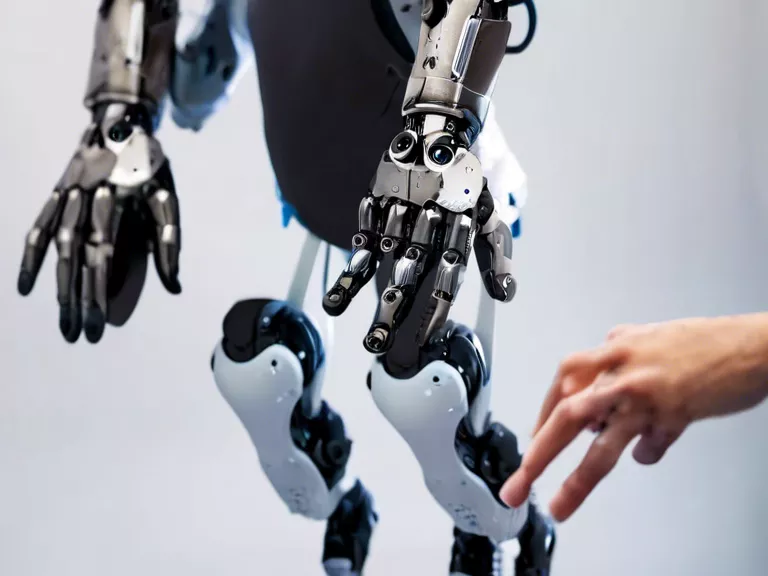
Artificial intelligence (AI) is revolutionizing the way drones navigate through complex environments, enabling them to operate autonomously with increased accuracy and efficiency. With the integration of AI algorithms, drones are able to process vast amounts of data in real-time, make intelligent decisions, and adapt to changing environments on the fly. This article explores how AI is shaping the future of drone technology and driving innovation in various industries.
One of the key components of AI-enabled drone navigation is computer vision. Drones equipped with cameras and AI software can analyze visual data, detect obstacles, and identify waypoints with remarkable precision. This allows drones to navigate through challenging environments such as dense forests, urban areas, or disaster zones without human intervention. By leveraging AI, drones can avoid collisions, optimize their flight path, and complete complex tasks with efficiency.
Another crucial aspect of AI in drone navigation is machine learning. By using advanced learning algorithms, drones can continuously improve their performance based on past experiences and feedback. This enables drones to learn from their mistakes, adapt to new situations, and optimize their navigation strategies over time. As a result, AI-equipped drones can achieve higher levels of autonomy and reliability, making them valuable tools for a wide range of applications.
AI also plays a key role in enabling drones to navigate beyond visual line of sight (BVLOS). By integrating AI algorithms for navigation and obstacle avoidance, drones can safely operate over long distances and in challenging environments where direct human supervision is not feasible. This capability opens up new opportunities for drone applications in industries such as agriculture, infrastructure inspection, and delivery services.
In conclusion, the combination of AI and drone technology has the potential to transform various industries by enabling drones to navigate complex environments autonomously. By harnessing the power of AI for computer vision, machine learning, and obstacle avoidance, drones can operate more efficiently, safely, and effectively in challenging conditions. As AI continues to evolve, the possibilities for autonomous drone navigation are limitless, opening up new frontiers for innovation and growth.



